Winter dysentery is an uncommon but highly infectious viral disease in cattle which is difficult to confirm through diagnostic testing. It’s a form of bovine coronavirus, with symptoms including profuse, watery diarrhoea, dark brown in colour and sometimes containing blood. Milk yields of infected cows will show a rapid and extreme decline and individuals may also show signs of respiratory distress. Deaths are rare.
Outbreaks are usually at the point of housing when cows come into closer proximity and their diets change. Poorer ventilation while housed and the presence of other harmful micro-organisms may also be relevant factors. There is also increased risk in winter because the virus survives longer in cold conditions and where there are a low levels of UV light.
Testing for the virus has a poor level of sensitivity and it is not uncommon for muck sampling by ELISA or PCR to produce a false negative result. Due to these difficulties, there are only a handful of confirmed cases throughout the UK each year (125 in the ten years to 2021), although the actual number may be much higher. However, during the first quarter of 2022 there were more than twenty reports of severe diarrhoea outbreaks in housed dairy herds.
The symptoms of winter dysentery can be confused with several other infectious and non-infectious illnesses. While winter dysentery will pass through a herd within a week or so, failing to address these other diseases can be disastrous. Undiagnosed salmonellosis in a herd can lead to significant losses due to diarrhoea, abortion and other associated illnesses. Salmonella outbreaks often require antibiotic treatment, and good vaccines are available. Type C Salmonella was detected in two of the spring outbreaks last year. BVD and Schmallenberg can present similar symptoms and should also be ruled out.
Feed-related digestive upsets could and should be investigated. With forage shortages looming for many, and feed constituent price fluctuations prompting dietary changes, we are seeing evidence of acidosis and mould contamination across our dairy herds. A warm autumn has led to high starch maize silages which need managing carefully to mitigate high acid load and/or the risk of hind gut fermentation – both of which will cause muck to be looser than usual.
If it’s truly winter dysentery, then there is little you can do to prevent an outbreak. The best options are to implement a 2-4 week isolation for new animals, good PPE biosecurity and check diets contain appropriate mineral levels. Supportive care is needed to speed up cows’ recovery. If you’re seeing any symptoms, please speak to your vet.

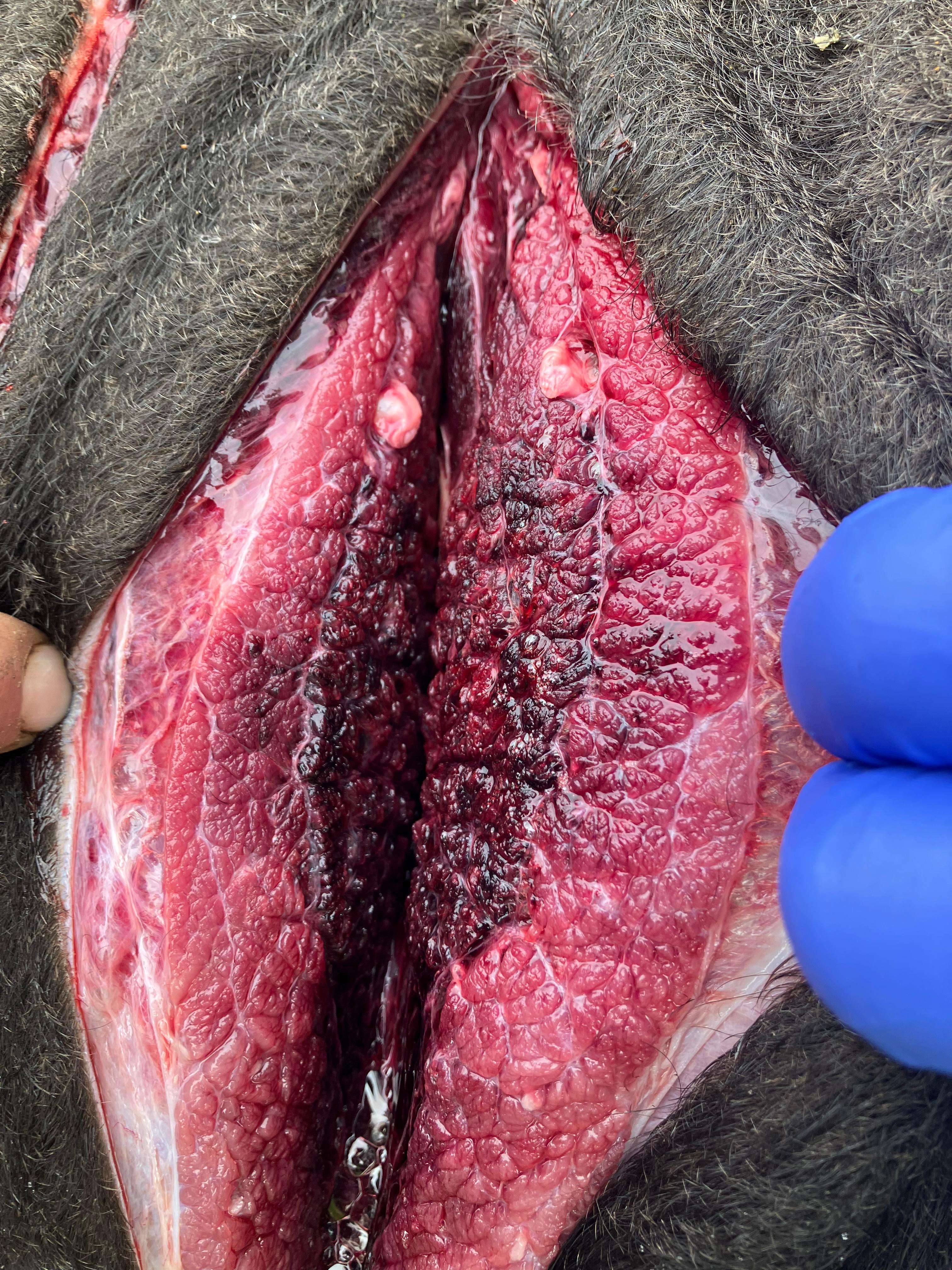

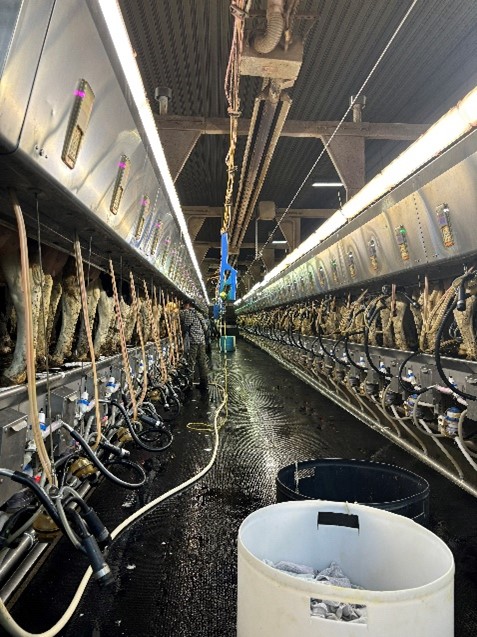
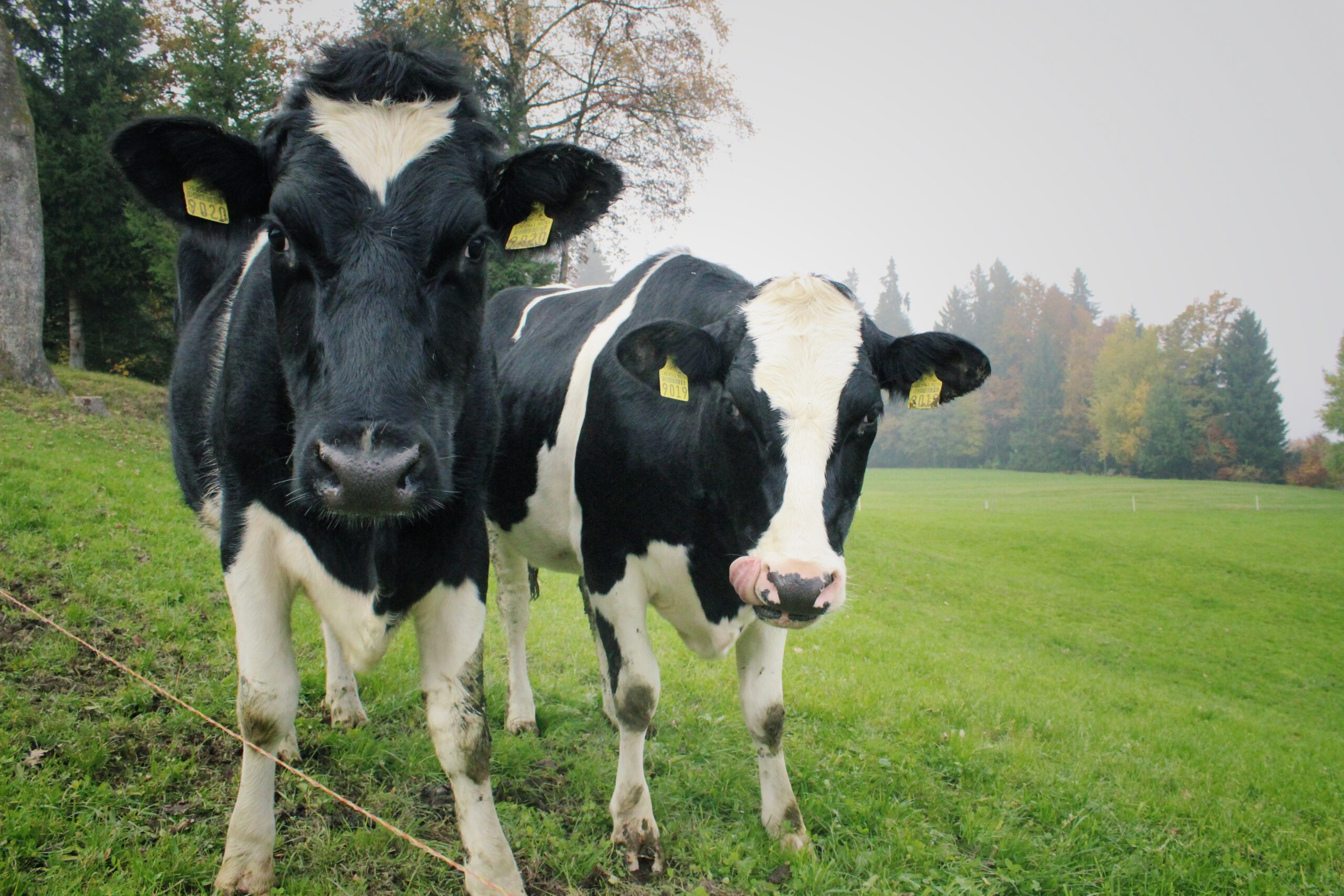
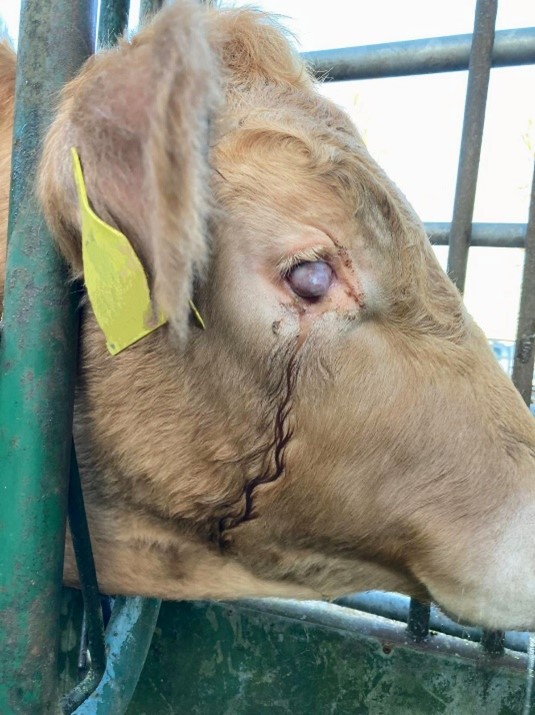

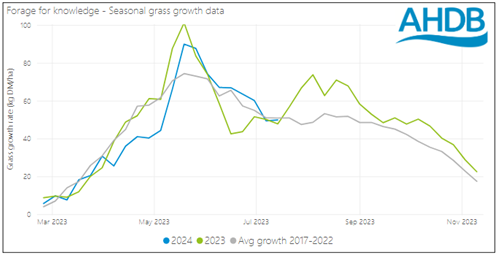
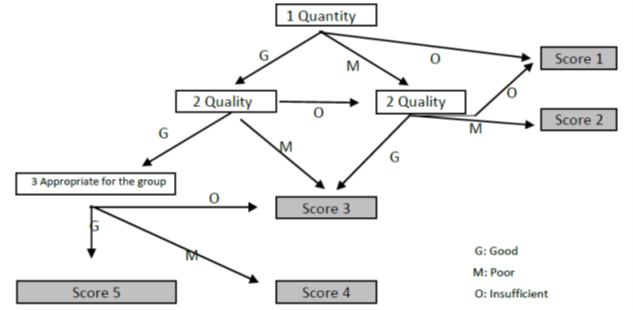

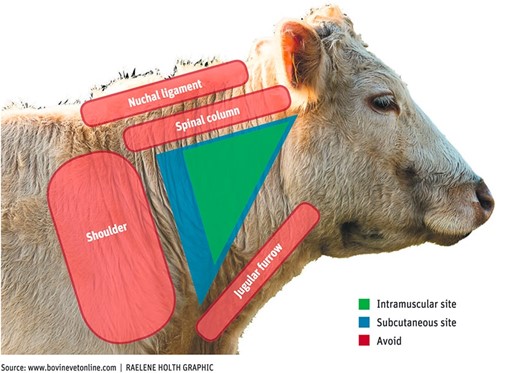
Leave A Comment